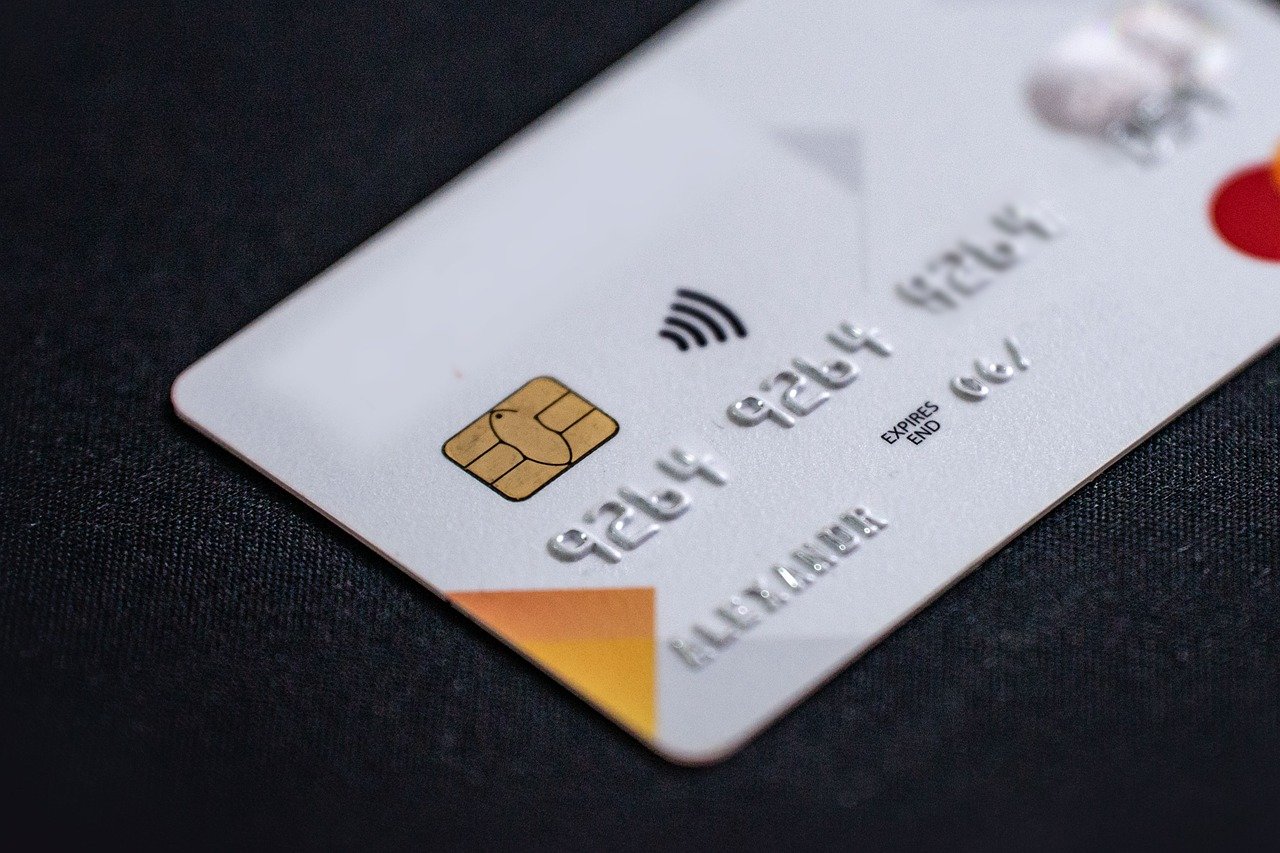Crafting the perfect customer experience is a continuous journey, and a crucial part of that journey is understanding and implementing effective upselling strategies. Upselling, when done right, isn’t just about increasing revenue; it’s about providing more value and a better experience for your customers. This comprehensive guide will delve into the art of upselling, exploring its benefits, techniques, and best practices to help you boost your sales and enhance customer satisfaction.
What is Upselling and Why is it Important?
Defining Upselling
Upselling is a sales technique where a seller invites the customer to purchase more expensive items, upgrades, or other add-ons in an attempt to make a more profitable sale. It contrasts with cross-selling, which involves selling related or complementary items. The core focus of upselling is to persuade customers to buy a better or more enhanced version of what they’re already interested in.
The Benefits of Upselling
Upselling offers several significant advantages for businesses:
- Increased Revenue: This is the most obvious benefit. By convincing customers to spend more, you directly boost your sales revenue.
- Improved Customer Lifetime Value (CLTV): Customers who purchase higher-value items often become more loyal and engaged with your brand, leading to increased CLTV.
- Enhanced Customer Satisfaction: Upselling, when done correctly, can actually increase customer satisfaction. By offering solutions that better meet their needs, you’re providing more value.
- Reduced Customer Acquisition Cost (CAC): It’s generally more cost-effective to upsell to an existing customer than to acquire a new one.
Data to Support Upselling’s Effectiveness
Studies have shown that upselling can be remarkably effective. For example:
- Probability of Selling to an Existing Customer: The probability of selling to an existing customer is 60-70%, compared to 5-20% for a new prospect (Marketing Metrics).
- Increased Average Order Value (AOV): Successful upselling campaigns can lead to a significant increase in AOV.
Effective Upselling Techniques
Understanding Your Customer’s Needs
Upselling should never feel pushy or deceptive. It’s about offering solutions that genuinely benefit the customer. Before attempting an upsell, take the time to understand:
- Their Goals: What are they trying to achieve with their purchase?
- Their Pain Points: What challenges are they facing that your product or service can solve?
- Their Budget: While you want to encourage them to spend more, be mindful of their price range.
Highlighting the Value Proposition
Clearly communicate the additional value that the upgraded or enhanced product/service provides. Focus on the benefits, not just the features. For example:
- Instead of: “This laptop has 16GB of RAM.”
- Say: “This laptop’s 16GB of RAM will allow you to run multiple applications simultaneously without any lag, significantly boosting your productivity.”
Offering Personalized Recommendations
Personalization is key to successful upselling. Use customer data to recommend upgrades or add-ons that are relevant to their specific needs and interests.
- Example: If a customer is buying a basic camera, suggest a better lens or a tripod based on their indicated interest in landscape photography.
Using Scarcity and Urgency
Creating a sense of scarcity or urgency can encourage customers to make a purchase decision faster.
- Example: “Only 3 left at this price!” or “Upgrade now and get a free extended warranty – offer ends tonight!”
Offering Bundled Deals
Bundling related products or services together can be a great way to upsell and increase the overall order value.
- Example: Offering a “complete home office setup” that includes a desk, chair, monitor, and keyboard at a discounted price compared to buying each item individually.
When and Where to Upsell
Timing is Everything
The timing of your upsell offer can significantly impact its success.
- During the Purchase Process: This is a common time to suggest upgrades or add-ons. For example, on an e-commerce website, you might see “Customers who bought this also bought…” recommendations on the product page or in the shopping cart.
- Post-Purchase: After the customer has made a purchase, you can offer related products or services. For example, if a customer buys a new smartphone, you could send them an email offering a discount on phone cases or screen protectors.
- Renewal Time: If you offer a subscription service, renewal time is a great opportunity to upsell customers to a higher tier with more features.
Choosing the Right Channels
Consider the best channels for your upselling efforts based on your business and customer behavior.
- E-commerce Website: Product pages, shopping cart, checkout page
- Email Marketing: Automated emails, newsletters, personalized offers
- Sales Team: During phone calls, in-person meetings, product demonstrations
- Customer Service: Offering upgrades or add-ons during customer service interactions
Avoiding Common Upselling Mistakes
Being Too Aggressive
Don’t push too hard or be overly salesy. This can turn customers off and damage your brand’s reputation.
Misrepresenting the Value
Be honest and transparent about the benefits of the upgrade or add-on. Don’t make false promises or exaggerate its capabilities.
Ignoring Customer Needs
Focus on providing solutions that genuinely benefit the customer, rather than just trying to increase the sale price.
Neglecting Customer Service
Ensure that your upselling efforts are backed by excellent customer service. If customers have questions or concerns, address them promptly and professionally.
Conclusion
Upselling, when executed thoughtfully and ethically, is a powerful tool for boosting revenue, enhancing customer satisfaction, and building long-term relationships. By understanding your customers’ needs, highlighting the value proposition, and avoiding common mistakes, you can effectively implement upselling strategies that benefit both your business and your customers. Remember that the goal is not just to sell more, but to provide more value and a better experience.



